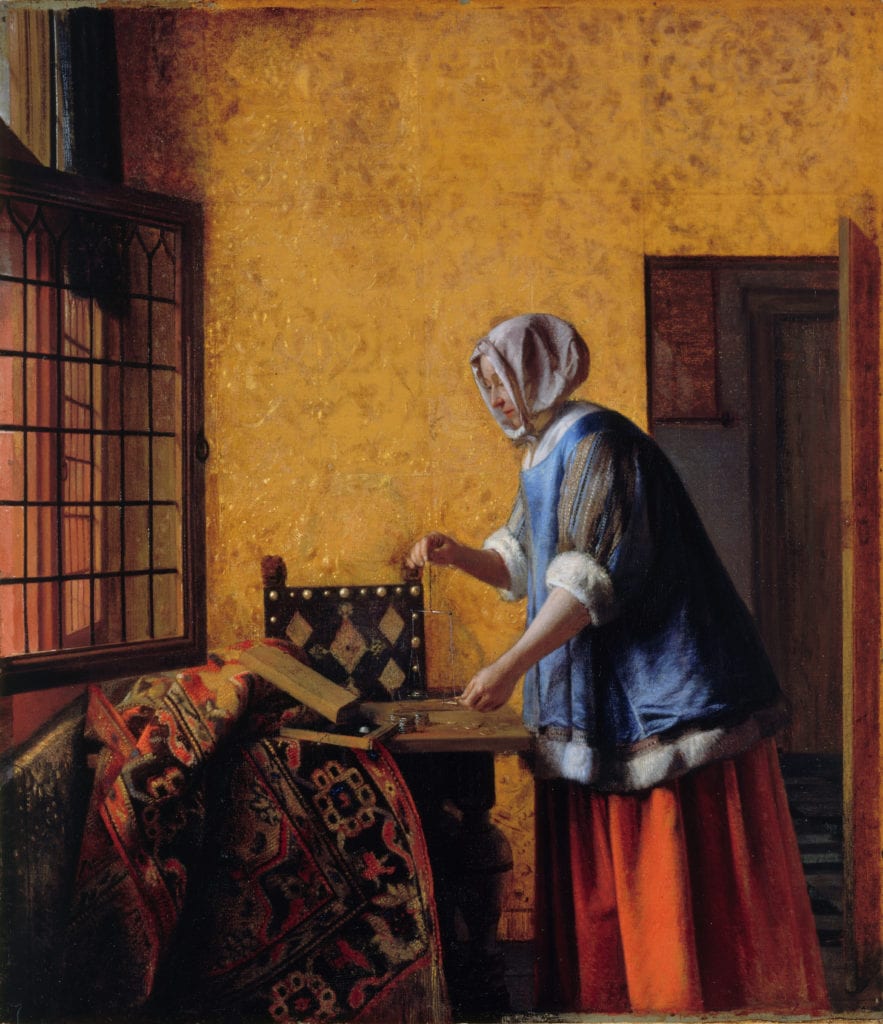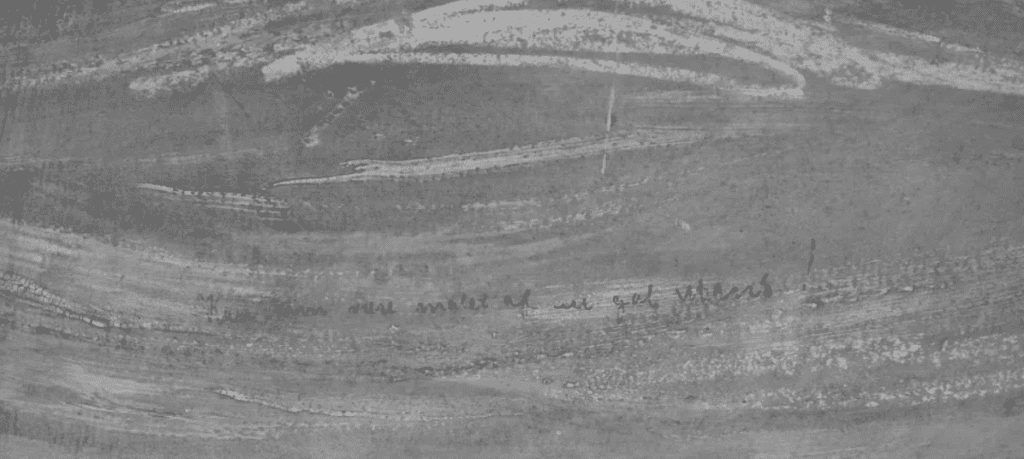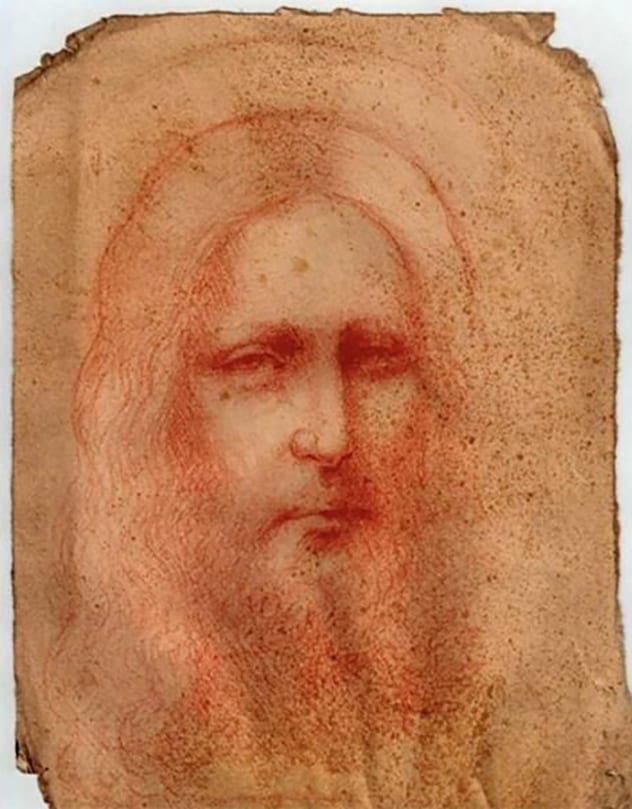 Mysteries
Mysteries  Mysteries
Mysteries  Creepy
Creepy 10 Scary Tales from the Middle Ages That’ll Keep You up at Night
 Humans
Humans 10 One-of-a-kind People the World Said Goodbye to in July 2024
 Movies and TV
Movies and TV 10 Holiday Movies Released at Odd Times of the Year
 Politics
Politics 10 Countries Where Religion and Politics Are Inseparable
 Weird Stuff
Weird Stuff 10 Freaky Times When Famous Body Parts Were Stolen
 Miscellaneous
Miscellaneous 10 Interesting Things Manufacturers Stopped Making and Why
 Gaming
Gaming 10 Funny Tutorials in Games
 History
History 10 Fascinating Little-Known Events in Mexican History
 Facts
Facts 10 Things You May Not Know about the Statue of Liberty
 Mysteries
Mysteries 10 Devastating Missing Child Cases That Remain Unsolved
 Creepy
Creepy 10 Scary Tales from the Middle Ages That’ll Keep You up at Night
 Humans
Humans 10 One-of-a-kind People the World Said Goodbye to in July 2024
Who's Behind Listverse?

Jamie Frater
Head Editor
Jamie founded Listverse due to an insatiable desire to share fascinating, obscure, and bizarre facts. He has been a guest speaker on numerous national radio and television stations and is a five time published author.
More About Us Movies and TV
Movies and TV 10 Holiday Movies Released at Odd Times of the Year
 Politics
Politics 10 Countries Where Religion and Politics Are Inseparable
 Weird Stuff
Weird Stuff 10 Freaky Times When Famous Body Parts Were Stolen
 Miscellaneous
Miscellaneous 10 Interesting Things Manufacturers Stopped Making and Why
 Gaming
Gaming 10 Funny Tutorials in Games
 History
History 10 Fascinating Little-Known Events in Mexican History
 Facts
Facts 10 Things You May Not Know about the Statue of Liberty
10 Rare Discoveries About Famous Artists And Their Art
The paintings of the old masters are more than just pretty portraits. A closer look has revealed hidden codes, fascinating bloopers, and original designs that the world has never seen.
From a unique sketch that escaped Michelangelo’s pyromania to numbers in the Mona Lisa’s eyes, here are 10 rare finds involving well-known painters.
10 Amazing Artistic Works Lost To History
10 The Grasshopper On Van Gogh’s Brush

Vincent Van Gogh painted “Olive Trees” in 1889. Countless people have seen the painting since but it took a surgical microscope to spot the grasshopper. The artist did not hide a drawing of a bug between the trees. The grasshopper was real and stuck in the paint for 128 years.
In 2017, the Nelson-Atkins Museum of Art in Missouri examined the painting. A conservator was looking at the artist’s trademark thick paint through a microscope when she noticed a strange object. At first, she thought it was the outline of a leaf. But a closer look revealed that it was a tiny grasshopper.
The creature did not land on the painting. Apparently, the famous Dutch painter did not realize that the insect was on his paintbrush and smushed it onto the canvas. There is no sign that the grasshopper struggled so either the smush killed the creature or it was already dead.[1]
9 A Master’s Fingerprint

Pieter de Hooch is not a household name like Michelangelo or Vermeer. But like Vermeer, de Hooch was also a Dutch Old Master. When conservators recently cleaned his work from the 1650s, they discovered three fascinating things.
De Hooch apparently picked up and moved a painting called “Cardplayers in a Sunlit Room” while it was still wet. One of his fingers, possibly his thumb, left a print on the tiled floor of the painted scene. De Hooch must have noticed the paint on his finger so why did he allow the blemish to stay?
He liked to leave personal marks on his work. One of the other discoveries proved this when conservators examined “Woman Weighing Gold and Silver Coins” and found the painter’s name hidden on a window frame.
The third finding was a fleet of ghost ships. Alas, this was not de Hooch having a lark. He re-used the canvas to paint “A Dutch Courtyard.” The original canvas had ships that were never entirely erased. As a result, their faintly-visible masts now float through the sky in the upper left-hand corner.[2]
8 Hidden Details Of A Vermeer
Around 1665, Dutch master Johannes Vermeer painted the “Girl With a Pearl Earring.” The painting became world-famous and inspired curiosity and mystery. Who was the girl? Why did Vermeer forget to give her eyelashes?
In 2020, an analysis of the painting solved the eyelash question. The painter never forgot. The eyelashes were there but too faded to see. The examination revealed other surprising details. Vermeer had originally painted a curtain in the background. Then, for some reason, he covered the green curtain with a dark, detail-less void.
Another unexpected find was the amount of blue paint that Vermeer had used. Modern artists can splurge on all shades of blue, no problem. But back in the day, blue pigment came from a semiprecious stone called lapis lazuli. Called aquamarine, the pigment was worth more than gold and the Dutch master used a fortune’s worth to paint the girl’s headscarf.[3]
7 Mysterious Vandalism Finally Solved

Edvard Munch’s “The Scream” is one of the most iconic paintings in the world. In 1904, an art critic examined the painting and was aghast to discover that the top-left corner had been vandalized. The guilty person was clearly not a fan. He had written in pencil, “Could only have been painted by a madman!”
In 2021, experts identified the vandal. It was Munch himself. Infrared technology made the sentence clear enough to compare it to known samples of the Norwegian’s artist’s handwriting.
No one knows why he did it. But Munch was worried about mental illness. Several members of his family members suffered from such troubles and when “The Scream” was shown in his native Norway for the first time, some people questioned his sanity.
The artist could have been influenced by the criticism. At one point, he probably thought he was mad and he scribbled the message on the painting.[4]
6 The Da Vinci Study

Artists often draw a sketch to prepare themselves for their real artwork—usually a painting. This sketch is called a “study.” Leonardo da Vinci was no different.
In 2020, an Italian scholar dropped a bomb. He claimed to have identified a new study by da Vinci. Tests confirmed that the paper dated to the early 16th century, a time when the Italian master was alive. The drawing also showed da Vinci’s techniques.
While not everyone agrees that he drew the study, the experts that are convinced believe two things. First, the sketch was likely a study for a painting called “Salvator Mundi.” Those familiar with the name might remember a portrait of Christ that sold at Christie’s for $450 million.
Secondly, they believe that the painting sold at Christie’s was not the real Salvator Mundi. The old master might have helped or it came from his studio but the work was not 100 percent da Vinci. According to them, the sketch shows the real face of da Vinci’s yet-to-be-discovered Salvator Mundi.[5]
5 Painter Protected Her Art With Hidden Signatures

Artemisia Gentileschi was the daughter of an Italian painter. By the time she was 15, her own art was already at a professional level. But as a woman in the 17th century, her work was often dismissed as that of her father’s or other male painters.
Artemisia Gentileschi persevered. She was the first female accepted into the Academy of Arts and Drawing in Florence. Both royalty and the powerful Medici family commissioned her paintings. She even befriended Galileo.
Despite her success, Artemisia knew that her work might be attributed to men in the future (which happened on several occasions). So she hid a secret in one of her paintings. A magnificent painting called “David and Goliath” surfaced in 1975 and experts decided the artist was a guy called Giovanni Francesco Guerrieri.
But in 2020, Artemisia was identified as the true creator of the work. The now-famous Baroque artist had hidden her name on the hilt of David’s sword, a fact that was discovered during restoration.[6]
4 The Other Salvator Mundi Artist

By now, anyone familiar with the painting “Salvator Mundi” knows that the painter is not 100 percent agreed upon by the art community. In recent years, two studies tried to clear the water. But instead, there were more questions. One project found that the artwork had a different original design while the other found signs that more than one artist was involved.
The well-respected Louvre museum examined the portrait and determined that Leonardo da Vinci was the painter but that he had never meant to paint Christ’s arms. But then, for some reason, the hand with the famous globe and the other hand, raised in blessing, were added at a much later stage.
The second study was performed by scientists who had nothing to do with the Louvre and they were also unaware of the museum’s findings. They used a computer program that was designed to separate original art from forgeries by analysing the painter’s techniques. The computer agreed with the Louvre. The head and torso were classic “Leonardo.” But the program flagged both arms as the work of someone else.[7]
3 Codes Inside The Mona Lisa’s Eyes
]
The Mona Lisa is among the most studied paintings in the world. But despite all the attention, a major mystery remained undetected until 2010. When Leonardo da Vinci painted his masterpiece, he added hidden codes to the mysterious woman’s eyes.
In the left eye, there was something that resembled B or CE. The right eye’s letters were more clear—LV. Although the meaning is unclear, LV could stand for da Vinci’s own name. But these were not the only oddities found at the time. On the arch of the bridge in the background is the number 72 (the mark could also be L and 2).
The numbers and letters are invisible to the naked eye. The painting’s age plays a role but da Vinci made the numbers tiny on purpose. So tiny, in fact, that they were only discovered because of high-resolution microscopic photography. The purpose of these hidden codes remains unknown.[8]
2 A Childhood Michelangelo

The Renaissance master Michelangelo died in 1564. A couple of days before he died, the painter burnt most of his drawings in two bonfires. This was enough to make experts scream but Michelangelo was also a perfectionist—an obsession that made him destroy all his earlier art. Apparently, he did not want people to see his work as a novice.
Despite his scorched earth habits, Michelangelo might have missed one piece. In 2019, a private collector had a sketch assessed to find the artist when a Michaelangelo expert recognized the master’s work. Even more remarkable, the sketch was made sometime between 1487 and 1490. This means that Michelangelo was 12 or 13 years old.
“The Seated Man” had been drawn with two types of brown ink—a trademark of Michelangelo. The artist also drew faces using certain techniques. These were found in “The Seated Man.” If this is indeed the work of the Renaissance master, he need not have worried. The sketch shows a sophistication that would turn most 12-year-old artists green with envy.[9]
1 The Mona Lisa 3-D Set

For years, another “Mona Lisa” languished in a museum in Spain. She was viewed as an insignificant copy of the real thing and neglected. That changed in 2012 when scientists noticed the portrait closely resembled the original. This was not a cheap knockoff. It was the work of Leonardo da Vinci or one of his students.
The paintings were not identical and one difference could add a remarkable chapter to the story of the Mona Lisa. When viewed side-by-side, the painter’s perspective was not the same. Da Vinci had painted the famous Mona Lisa while the woman sat directly in front of him. The other painter stood closer to her and a little more to da Vinci’s left.
Experts believe that da Vinci created the Mona Lisas as a stereoscopic pair. Stereoscopy involves two 2-D images that create a 3-D illusion when viewed with both eyes. Interestingly, the perspective difference between the two Mona Lisas was 2.7 inches (69 millimetres) which is the average distance between a person’s eyes.
The art world has not unanimously embraced the idea but once confirmed, the Mona Lisa could be recognised as one half of the world’s oldest 3-D art.[10]
10 Fascinating Old-Timey Art Trends








